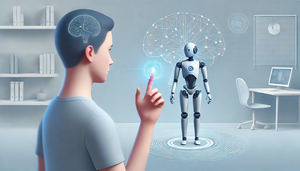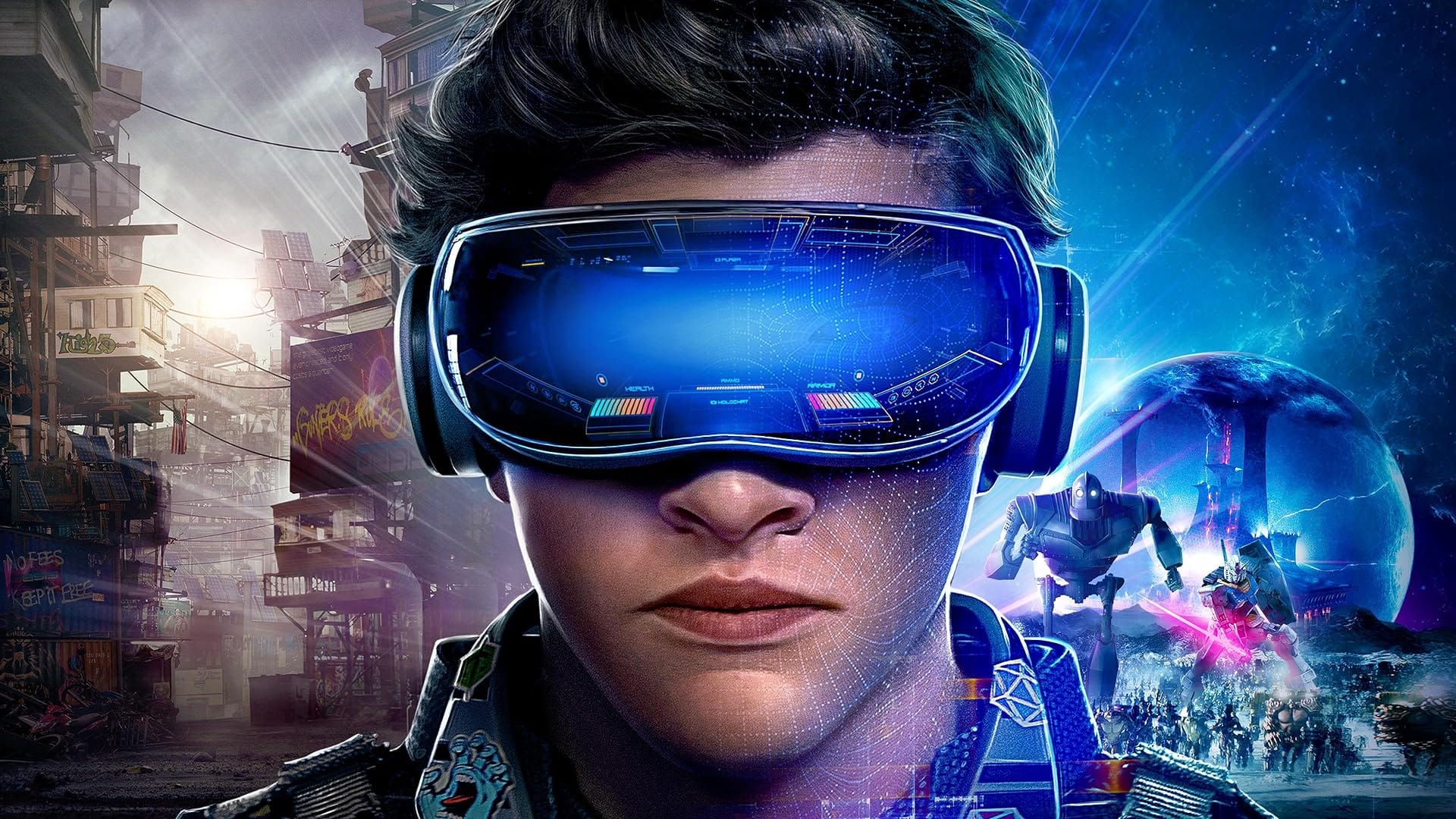Remember those clunky remotes from the dark ages of robotics? The ones that required more button presses than a Morse code convention? Well, ditch those relics because the future of robot control is about to get a whole lot more…cerebral🧠🤓. We're talking about harnessing the power of your own mind to command your very own humanoid robot – no remotes, no joysticks, just pure thought. Intrigued?
Here's the breakdown: No more fumbling with complex controls; you simply think "pick up that cup," and your humanoid helper springs into action. And these aren't just the ramblings of a sci-fi fanatic. Sound a bit like "Ready Player One?"...
BCI technology is rapidly evolving, blurring the lines between human and machine and opening a new era of intuitive robot control. Let's get a handle on what exactly a BCI is and how these fascinating machines are learning to mimic the human form.
Traditional vs. Hybrid BCI Systems
Imagine the classic BCI as your brain's trusty old bicycle – it gets the job done, but there's room for some serious upgrades. Traditional BCI systems are like this trusty bike, relying solely on brain signals, usually captured through Electroencephalography (EEG).
This method reads the electrical activity in your brain and translates those signals into commands. It’s straightforward, but not without its wobbles – think long training times and sometimes shaky accuracy.
Now, enter the Hybrid BCI – the sleek, turbocharged sports car of brain interfaces. This advanced system doesn’t just stick to brain signals alone. Oh no, it goes all out by fusing data from multiple sensors and leveraging the power of machine learning.
By combining EEG with other sensor inputs, like muscle activity or eye movement, Hybrid BCIs significantly boost the system’s accuracy and robustness. It’s like giving your old bike a supercharged engine and GPS – suddenly, you’re not just riding, you’re flying with precision.
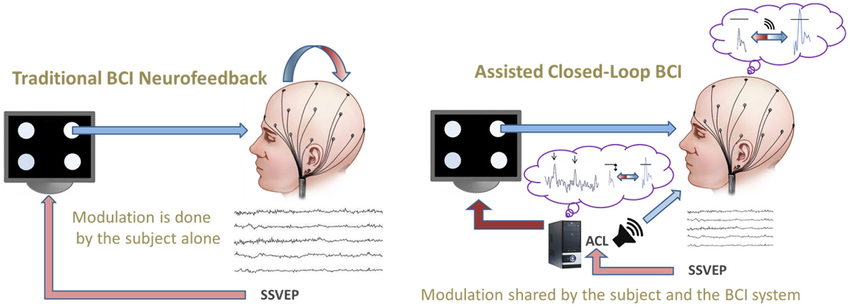
while the traditional BCI gets you on the road, the hybrid version ensures you’re cruising on the fast lane
Key Applications of BCI-Controlled Humanoids
BCI technology is making waves in the world of robotics, offering some truly life-changing applications.
Using Only EEG
1. Grasping a Glass of Water
BCI-controlled humanoids have shown great promise in assisting patients with Amyotrophic Lateral Sclerosis (ALS) in performing everyday tasks. One notable application is helping ALS patients grasp a glass of water. This system uses EEG signals to capture the brain activity of the user. The signals are then processed using stepwise Linear Discriminant Analysis (LDA) to convert them into commands that the humanoid can execute. The effectiveness of this method is demonstrated by an impressive 71.25% accuracy rate, offering a significant improvement in the quality of life for patients who struggle with motor control.2. Telepresence
Another exciting application of BCI technology is enabling remote interaction through humanoid robots. By using logistic regression to classify EEG signals, users can issue high-level commands to the robot, allowing them to interact with their environment from a distance. This telepresence technology is particularly useful for individuals who are physically unable to attend events or visit places in person. The system achieves a 78% real-time accuracy rate, making it a practical and reliable tool for remote presence and interaction.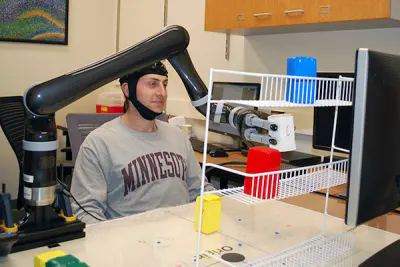
Using Hybrid BCI
1. Picking Objects with Neuro-Biological Feedback
For more complex tasks, hybrid BCI systems combine multiple data sources to enhance performance. One such application assists ALS patients in picking up objects by integrating EEG and eye-tracking signals. This system uses biofeedback to gauge the user’s mental state, which helps in making more precise control decisions. By combining these various inputs, the system improves accuracy and reliability, offering a more intuitive and effective solution for individuals with severe motor impairments.2. Humanoid Control using Facial Signals
Hybrid BCIs also extend their utility to individuals with spinal injuries by using facial signals for control. This application detects eye and tongue movements through EOG (Electrooculography), EMG (Electromyography), and GKP (Glossokinetic Potential) signals. These facial movements are then translated into commands that the humanoid robot can execute.The system achieves an impressive 86.7% accuracy rate, providing a powerful and accessible means of interaction for those who cannot use traditional control methods.Using Augmented Reality (AR)
1. Navigational Assistance using AR & BCI
Augmented Reality (AR) combined with BCI technology offers precise navigational assistance. Using Steady-State Visual Evoked Potential (SSVEP) signals, this application allows users to navigate environments through a combination of manual input and automated phases.The integration of AR enhances the user’s sense of control and interaction with the robot, while the automated phases ensure high precision. The system achieves an 80% accuracy rate, making it a robust tool for users requiring navigational assistance.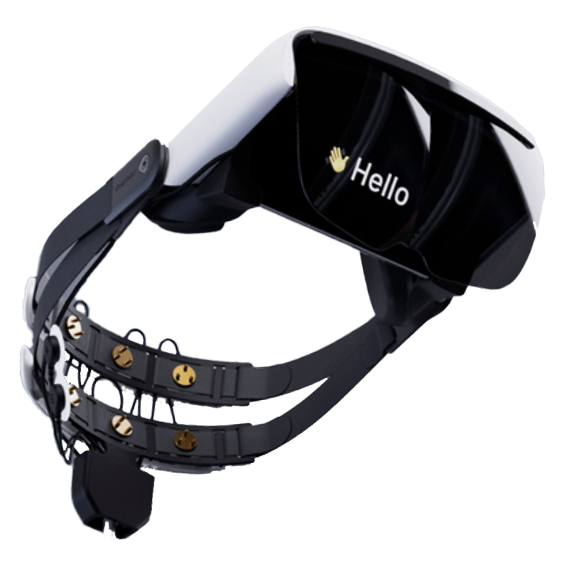
| Application | Technology | Accuracy |
|---|---|---|
| Grasping a Glass of Water | EEG Signal, Stepwise LDA | 71.25% |
| Telepresence | Logistic Regression, EEG Signal | 78% |
| Picking Objects | EEG, Eye-Tracking, Biofeedback | Higher |
| Humanoid Control using Facial Signals | EOG, EMG, GKP | 86.7% |
| Navigational Assistance using AR | SSVEP, AR, Manual & Automated Phases | 80% |
These applications highlight the transformative potential of BCI technology in enhancing human-robot interaction, making daily life easier for individuals with disabilities.
Well-Known BCI Technologies
The world of Brain-Computer Interfaces (BCIs) is rapidly advancing, with several pioneering technologies leading the charge. Here’s a closer look at some of the most notable BCI innovations making headlines today.
Neuralink
Neuralink, founded by Elon Musk, is at the forefront of BCI technology. This ambitious project aims to develop high-bandwidth brain-machine interfaces to connect humans and computers seamlessly.
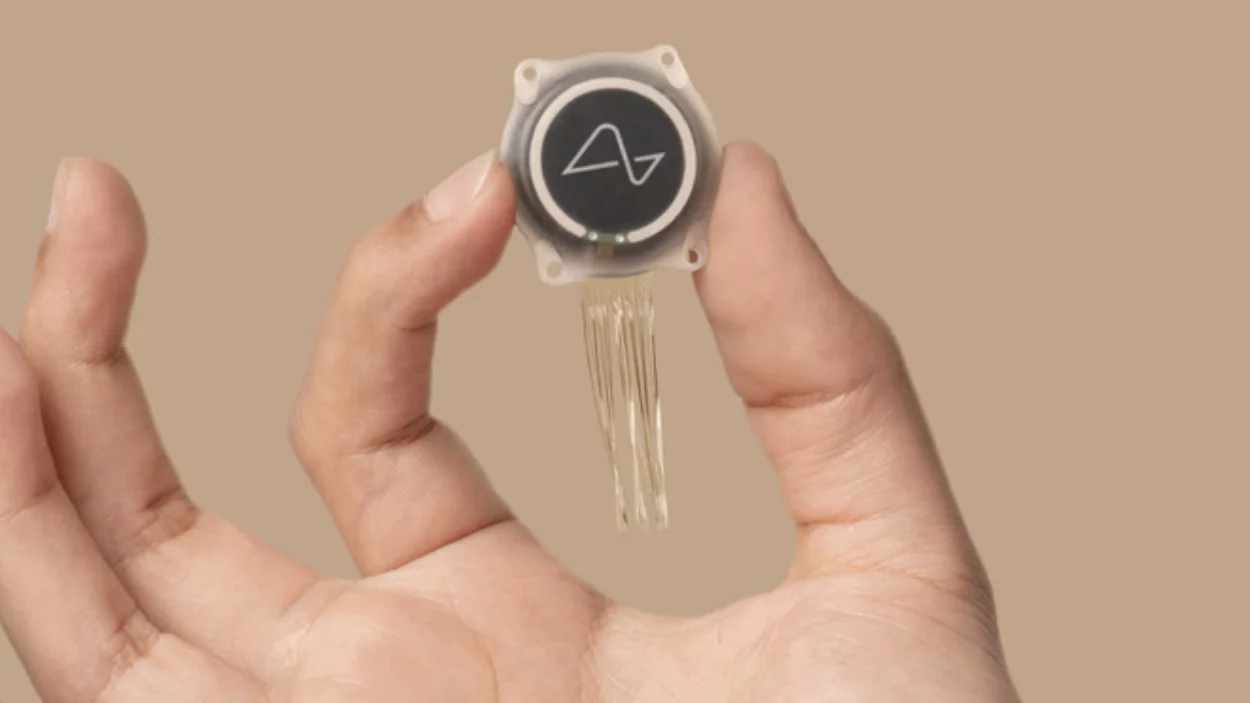
- Overview: Neuralink uses tiny, flexible threads that are inserted into the brain to record and stimulate neural activity. These threads are thinner than a human hair and can interact with a large number of neurons.
- Technology: The core of Neuralink’s technology is the Neuralink chip, which processes and transmits the neural signals. This chip is connected to the threads, allowing for real-time data collection and interaction with the brain. The implantation process is designed to be minimally invasive, using a specialized surgical robot.
- Applications: Neuralink's potential applications are vast and varied. In the medical field, it aims to treat neurological conditions such as Parkinson’s disease, epilepsy, and spinal cord injuries. Beyond medical applications, Neuralink envisions enhancing human cognitive abilities, enabling telepathy, and facilitating direct communication with computers and other devices.
- Potential Impact: If successful, Neuralink could revolutionize the way humans interact with technology. By creating a direct interface between the brain and computers, it opens up possibilities for advanced prosthetics, enhanced memory, and even human augmentation. The ethical implications are significant, raising questions about privacy, security, and the nature of human identity.
Other Notable BCIs
While Neuralink garners much of the media attention, several other BCI technologies are also making significant strides in the field:
Emotiv
Emotiv focuses on developing portable EEG devices that cater to both research and consumer markets. Their products are used for a range of applications, from controlling devices and playing games to monitoring cognitive health and stress levels.
OpenBCI
OpenBCI provides open-source tools for brain-computer interface research. Their platforms allow researchers and hobbyists to create custom BCI applications, fostering innovation and accessibility in the field.
Kernel
Kernel is developing non-invasive brain recording technologies aimed at improving cognitive function and treating brain disorders. Their goal is to create a deeper understanding of the brain and leverage this knowledge to enhance human potential.
Neurable
Neurable is working on making BCI technology more user-friendly and accessible. They develop software and hardware that enable users to control devices and applications with their minds, focusing on applications in gaming and virtual reality.
NextMind
NextMind - recently accquired by Snapchat- offers a non-invasive BCI device that allows users to control digital devices using neural activity. Their technology translates brain signals into real-time commands, providing a hands-free control experience for computers and other devices.
These groundbreaking BCI technologies showcase the immense potential of brain-computer interfaces. From medical applications to enhancing everyday interactions with technology, BCIs are poised to transform numerous aspects of our lives. As these technologies continue to evolve, they bring with them both exciting possibilities and important ethical considerations that must be addressed.
Ethical Considerations
As Brain-Computer Interface (BCI) technology advances, it’s crucial to consider the ethical implications that come with integrating such intimate technology into our lives. Here are some of the key ethical considerations that must be addressed:
Data Privacy and Security
- Concern: With BCIs directly interfacing with the brain, the data they capture is incredibly personal and sensitive.
- Solution: Implement robust encryption, secure data storage solutions, and strict access controls to protect users' neural information from unauthorized access and misuse.
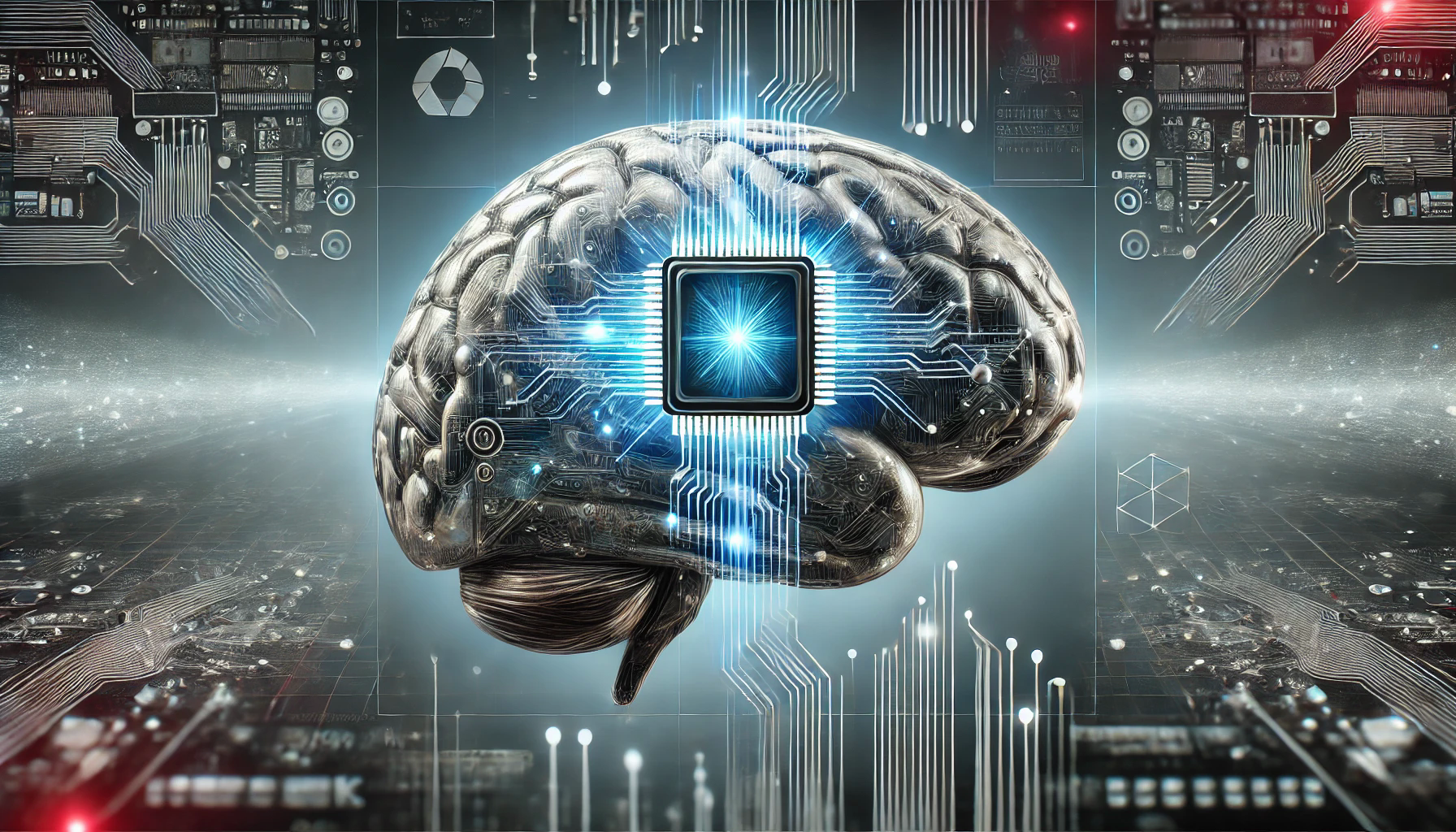
Informed Consent
- Concern: Ensuring participants fully understand how their data will be used, stored, and shared.
- Solution: Provide clear communication and transparency, ensuring individuals understand the scope of the technology, the type of data being collected, and the potential risks involved.
Human Agency
- Concern: Maintaining user control and preventing dependency on BCI systems.
- Solution: Safeguards must be in place to ensure BCIs enhance human abilities without undermining personal autonomy, allowing users to retain full control over their actions and decisions.
Accessibility
- Concern: Making BCI technology available to those who need it the most, particularly individuals with disabilities.
- Solution: Develop affordable and user-friendly BCI solutions to ensure equitable access, bridging gaps in healthcare and providing new opportunities for independence.

Long-term Effects
- Concern: The long-term effects of using BCI technology are not yet fully understood.
- Solution: Conduct continuous research and long-term studies to monitor these effects, ensuring the safety and well-being of users and guiding the development of safer and more effective BCI applications.
Key Ethical Concerns and Solutions at a Glance
| Concern | Solution |
|---|---|
| Data Privacy and Security | Implement robust encryption, secure data storage, and strict access controls. |
| Informed Consent | Provide clear communication and transparency about data usage and potential risks. |
| Human Agency | Ensure BCIs enhance abilities without undermining autonomy, with safeguards for user control. |
| Accessibility | Develop affordable and user-friendly solutions to make BCI technology widely accessible. |
| Long-term Effects | Conduct ongoing research and long-term studies to monitor and understand the impacts of BCI technology. |
Ethical considerations are integral to the responsible development and deployment of BCI technology. Addressing data privacy, ensuring informed consent, maintaining human agency, enhancing accessibility, and studying long-term effects are all critical components of ethical BCI practices.
So, there you have it! BCI technology is on the verge of revolutionizing how we interact with robots, blurring the lines between human and machine.
One thing’s for sure, the future of BCI is bright. With careful development and a focus on ethical responsibility, BCI has the potential to enhance our lives in ways we can only begin to imagine.
So, buckle up, robotics enthusiasts—"Ready Player One" may not be too far off...🎮👾

